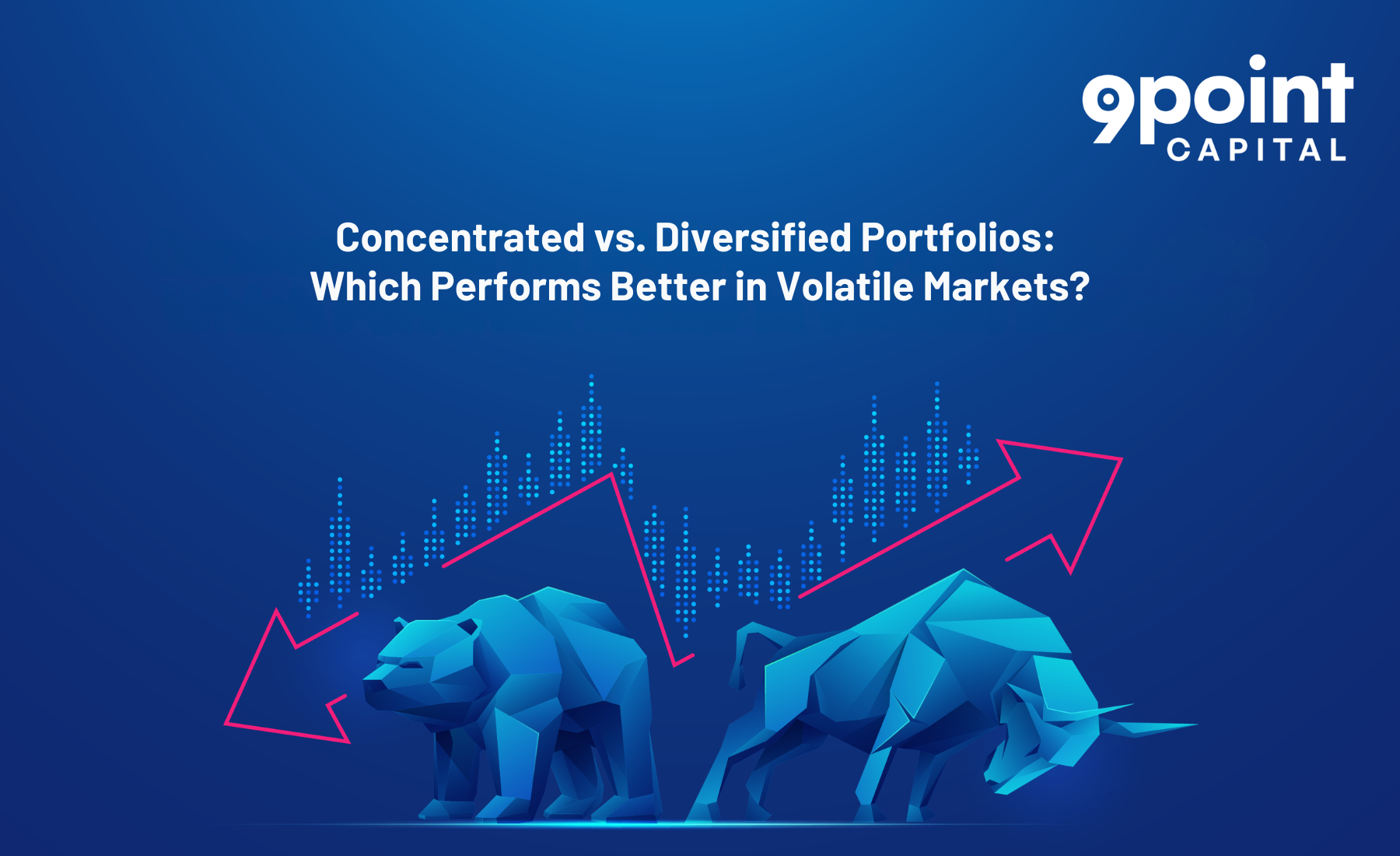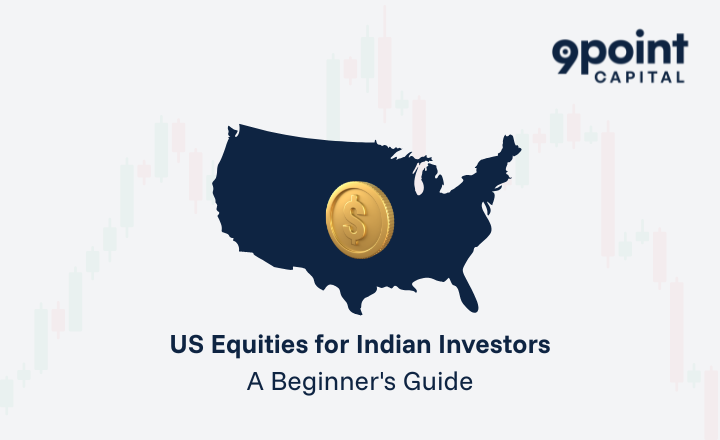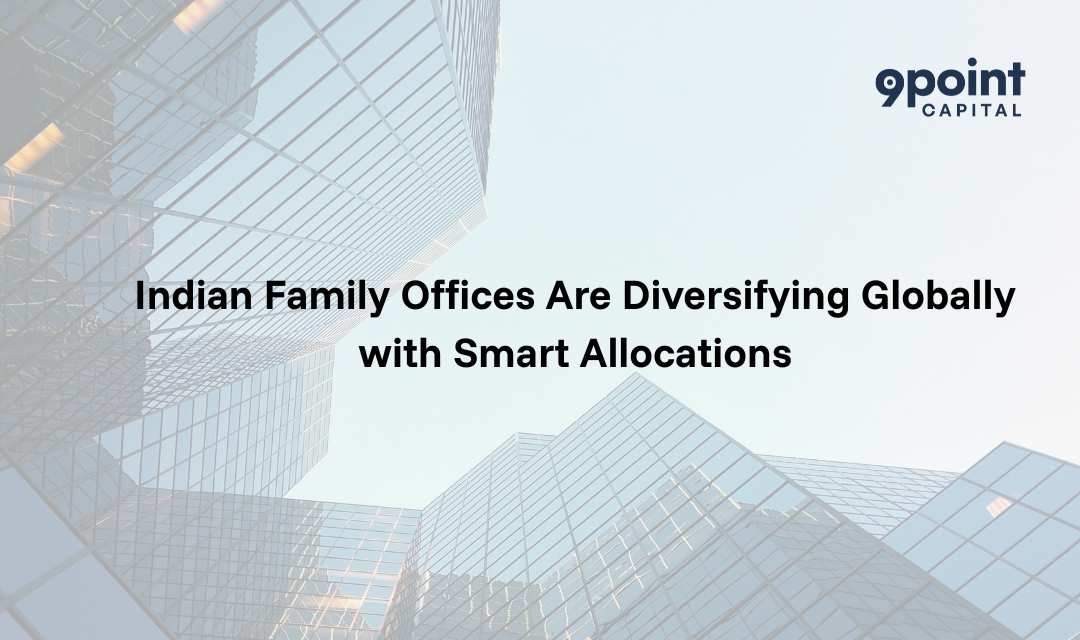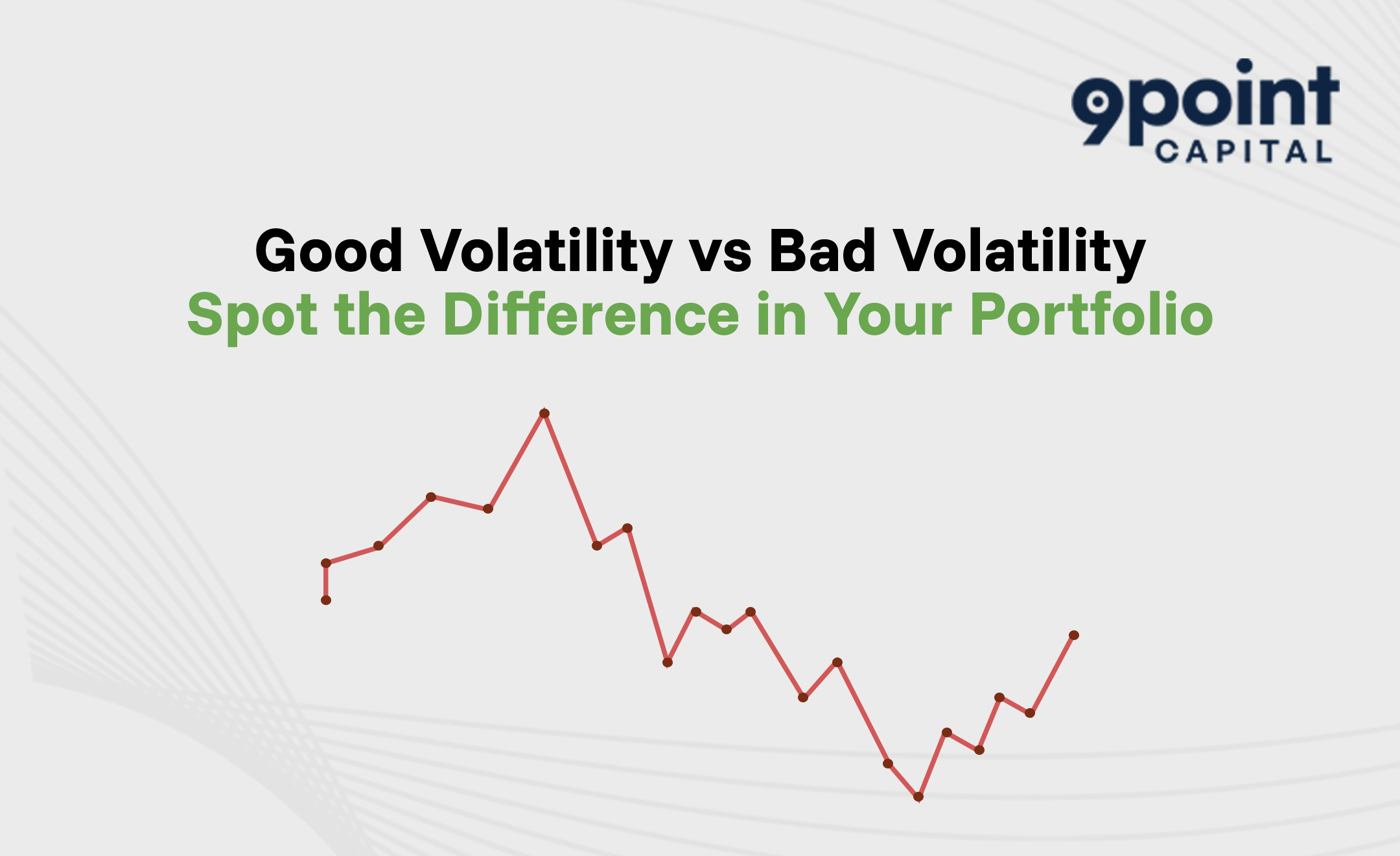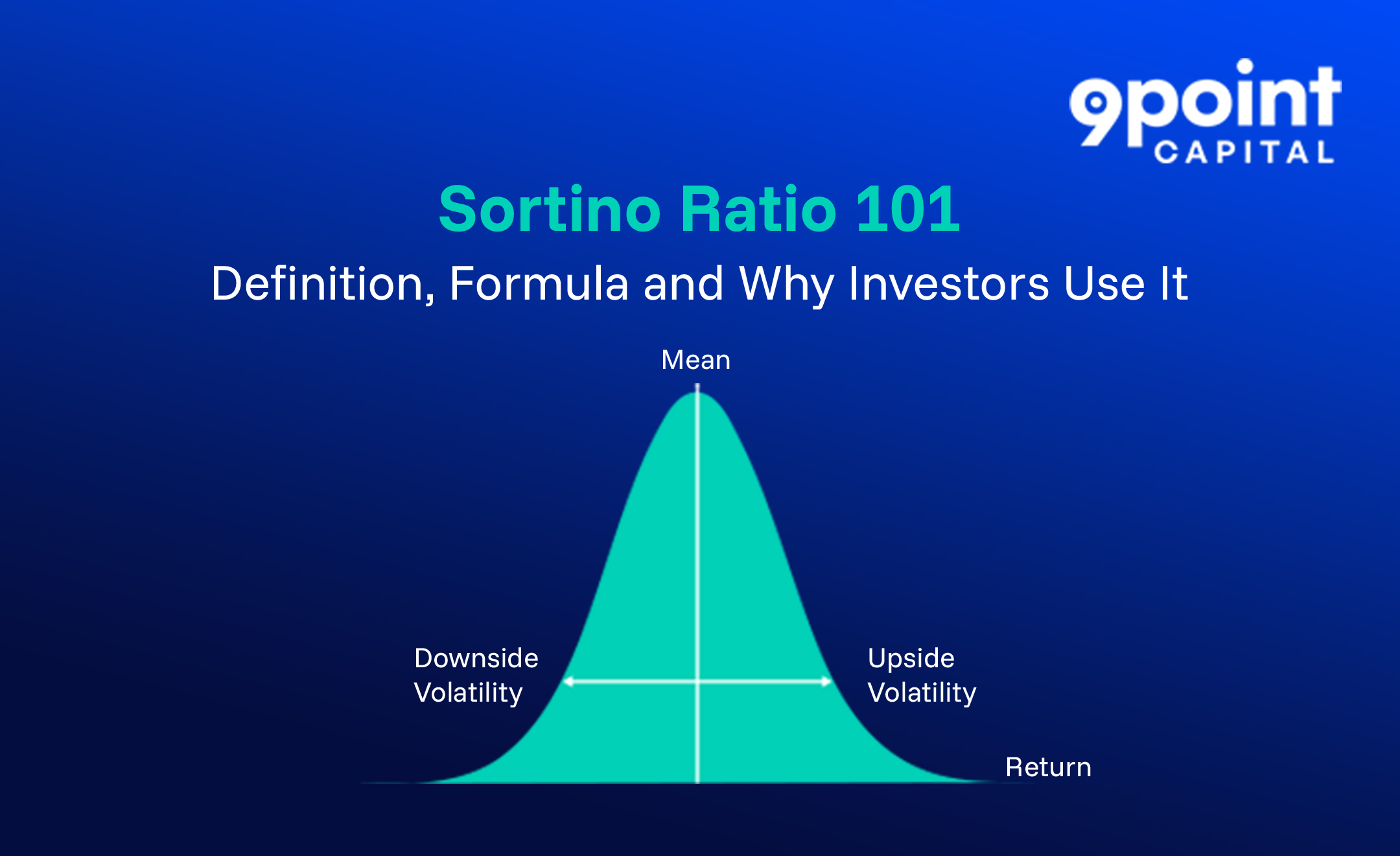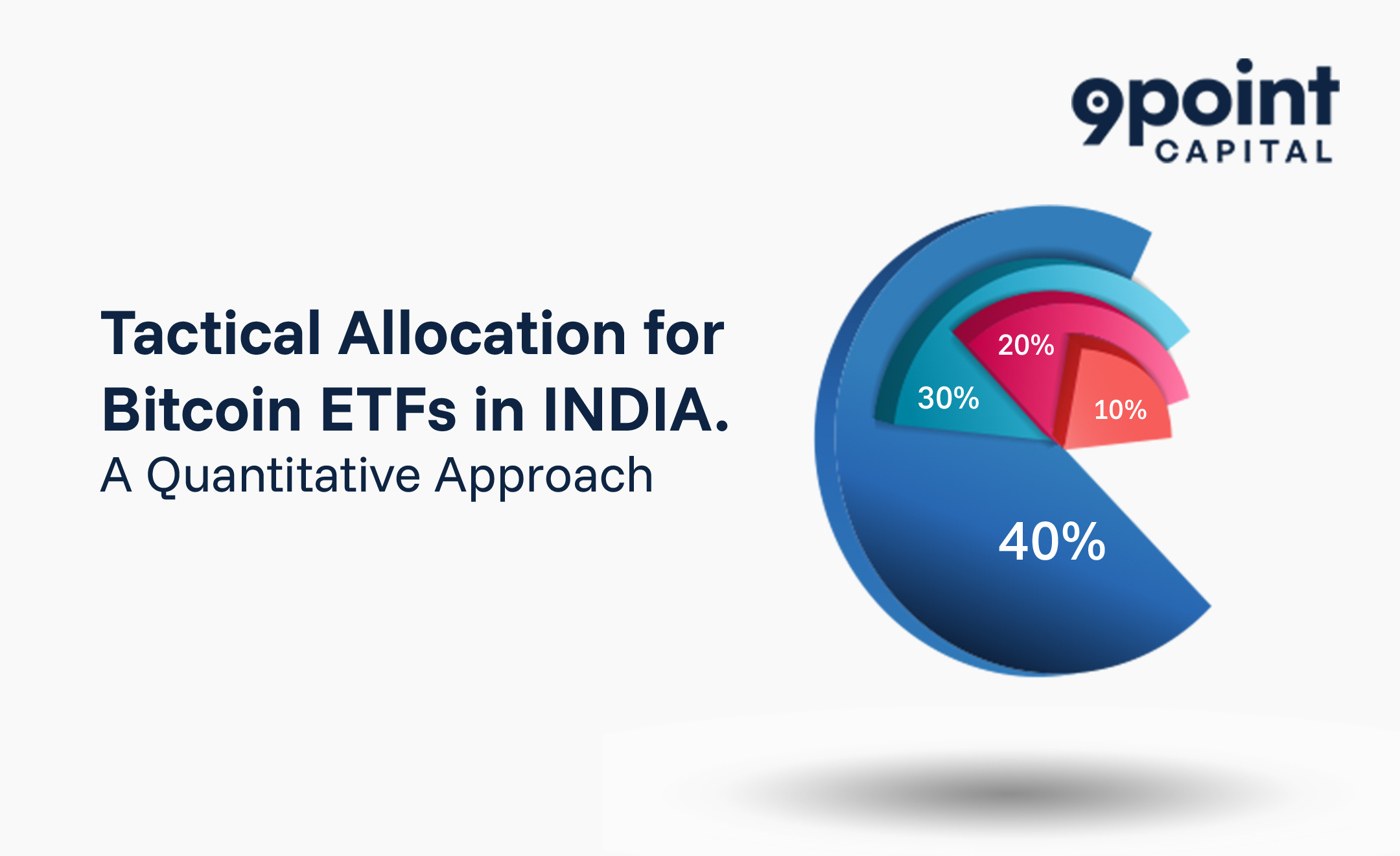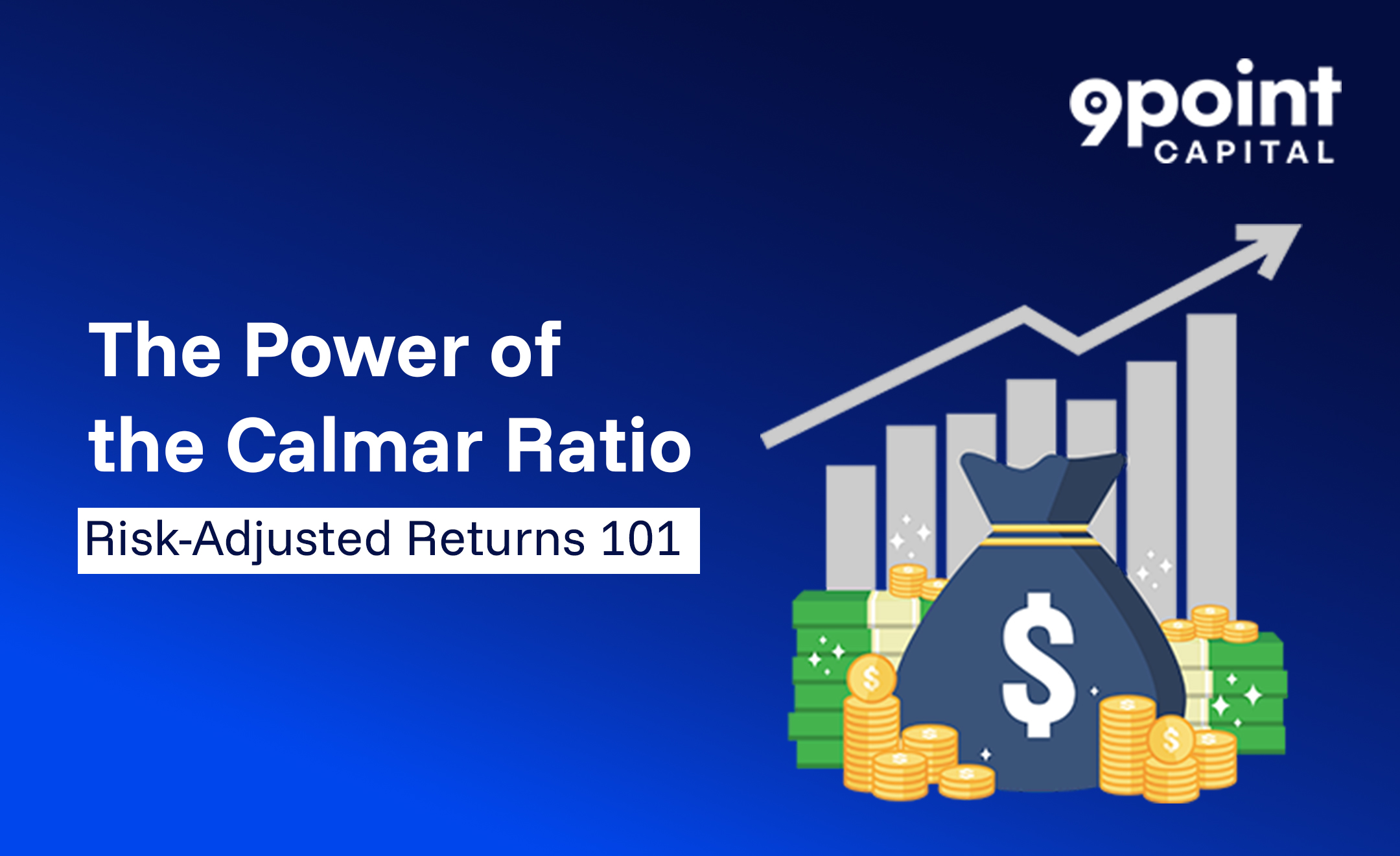The answer, like most things in investing, depends on your goals, risk appetite and time horizon. Let’s explore concentrated vs. diversified portfolios and both the strategies in detail to understand which PMS investment style holds up better when markets turn volatile.
Understanding Concentrated vs Diversified Portfolios
At the core of every investment approach lies a strategic decision: concentrated vs diversified portfolios.
A concentrated portfolio involves investing in a small number of securities, typically 10 to 30, based on deep conviction and rigorous research. In contrast, a diversified portfolio distributes investments across a larger set of securities, sectors, or even geographies, seeking to minimise the impact of individual stock volatility.
Both concentrated and diversified strategies have merit. Choosing between them is not about finding a universally “better” option but selecting the right fit for your investment needs and risk tolerance.
Concentrated Portfolios: Fewer Bets, Higher Potential
Concentrated portfolios can deliver impressive results when executed skillfully. Here’s why they appeal to many seasoned investors:
- Focused Expertise: Fund managers allocate capital only to their best ideas, aiming to achieve superior returns.
- Higher Upside Potential: A few strong-performing stocks can dramatically lift the overall portfolio’s performance.
- Ease of Monitoring: Fewer holdings mean greater ability to track business developments closely.
However, concentration increases portfolio volatility. If even one or two major investments underperform, the entire portfolio can suffer significantly. In volatile times, unless the portfolio consists of resilient, quality companies, concentration can expose investors to sharp drawdowns in terms of price and time.
Diversified Portfolios: Spreading Risk for Steady Growth
Diversification, often described as the only “free lunch” in investing, plays a vital role in mitigating risk. Here’s why diversified portfolios continue to be favoured by many:
- Risk Reduction: By spreading investments across sectors and asset classes, diversification cushions against specific stock or sector downturns.
- Consistent Returns: Diversified portfolios tend to deliver more stable returns, especially across market cycles.
- Protection Against Unpredictability: Unexpected events impacting a single company or sector have a limited effect on a diversified portfolio.
Diversification may reduce the chances of achieving “blockbuster” returns, but it significantly improves the likelihood of meeting long-term wealth creation goals with lower volatility, especially important for those seeking safe investments with high returns in India.
Still, over-diversification can dilute returns. Holding too many low-conviction stocks can reduce the chances of meaningful outperformance, a phenomenon known as “diworsification.”
Volatile Markets: Which Strategy Holds Stronger?
In volatile markets, the choice between concentrated vs diversified portfolios becomes even more critical.
- Concentrated Portfolios can outperform dramatically if the chosen investments are resilient and continue to grow despite turbulence. However, they are also more vulnerable to shocks if even one major holding underperforms.
- Diversified Portfolios typically weather volatility better. Losses in one sector are balanced by gains elsewhere, leading to smoother portfolio performance overall.
Ultimately, the success of either strategy depends not just on market conditions but on the manager’s ability to select and monitor investments effectively. This is why identifying key performing PMS strategies in India, whether concentrated or diversified, becomes essential when investing through portfolio management services in India.
Read more: Digital Assets Investment Service (DAIS) by 9Point Capital
Key Factors to Consider Before Choosing Your Portfolio
When evaluating PMS investment options, investors should consider:
- Risk Tolerance: Aggressive investors with a high-risk appetite may lean toward concentrated strategies. Conservative investors typically prefer diversification.
- Investment Horizon: Longer horizons favour concentrated portfolios, as time allows investments to play out. Short-term investors may prefer the stability of diversified portfolios.
- Fund Manager Expertise: A skilled manager can make either strategy work. Look for consistency, research strength and performance during past volatile periods.
- Financial Goals: Align the strategy with your broader wealth creation, retirement, or income needs.
A Hybrid Approach: The Best of Both Worlds?
Interestingly, some of the top-performing PMS strategies in India blend both philosophies. They maintain concentration in high-conviction themes while ensuring a basic level of diversification to protect against idiosyncratic risks.
9Point Capital specialises in creating customised PMS solutions that combine the best of both worlds, focused high-conviction opportunities alongside strategic diversification. The goal is to deliver safe investments with high returns in India while optimising risk-adjusted performance for the clients.
Conclusion
There’s no universal winner in the concentrated vs. diversified portfolios debate. Concentrated strategies can outperform with conviction and patience, while diversified portfolios offer stability through market cycles.
The right choice depends on your goals, risk appetite, and investment outlook. With expert PMS guidance in India, you can align strategy with purpose.
Ultimately, it’s about optimising risk-adjusted returns. Diversification helps cushion downside risk, while concentration can reward informed conviction. In a volatile world, thoughtful allocation is key to long-term wealth creation.
